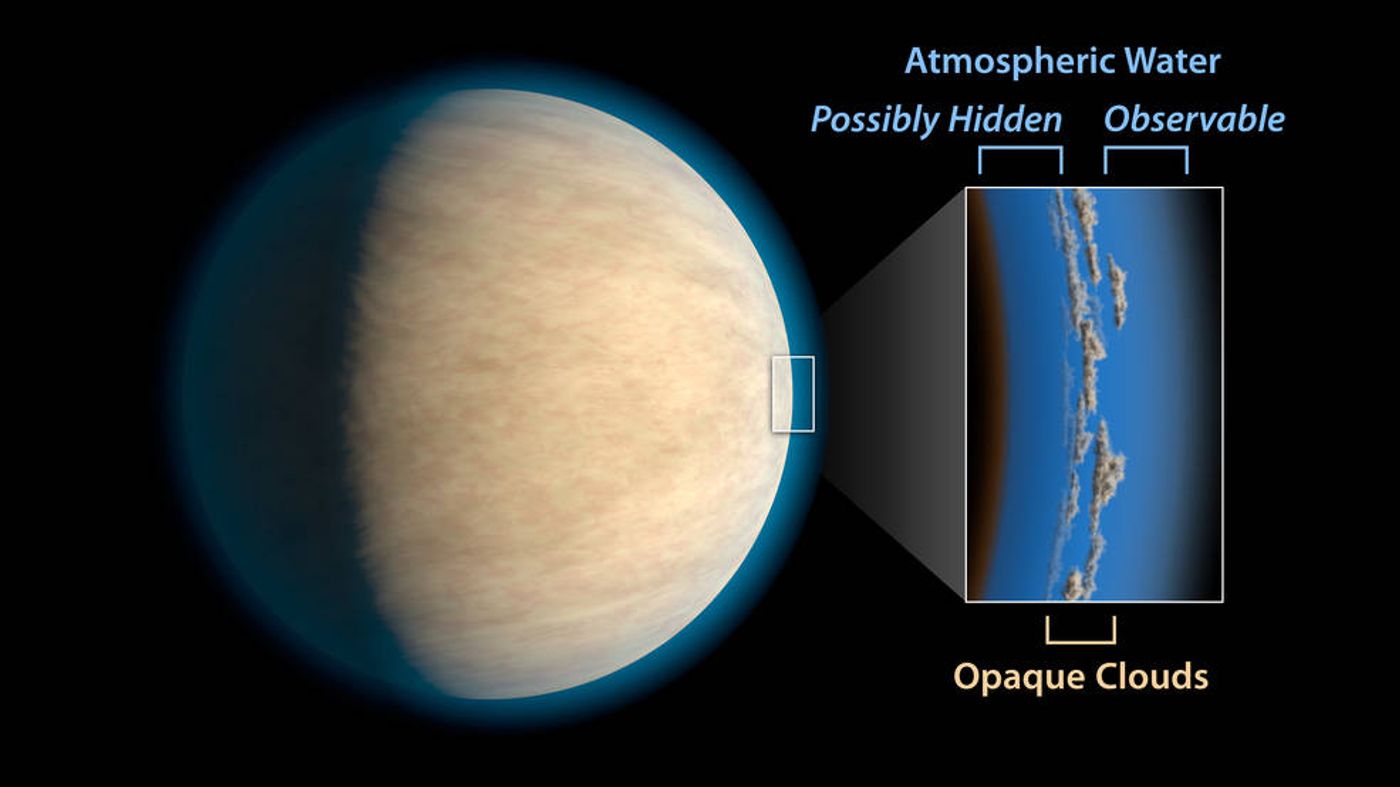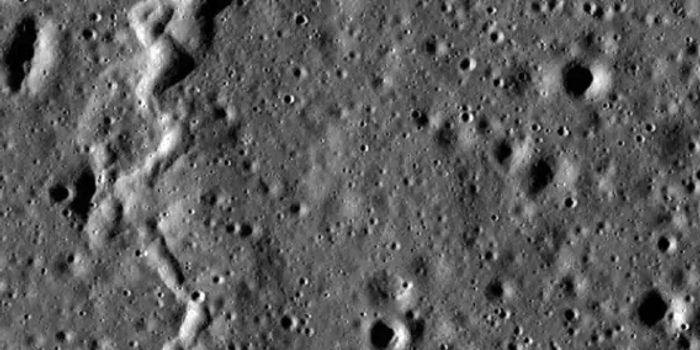Is Water Hiding Under the Clouds on Many Distant Exoplanets?
We are constantly finding new exoplanets out there, and many of them seem to orbit their host stars in what’s known as the habitable zone, which is where, relative to the star’s actual size, a planet orbits the star not too far and not too close to sustain temperatures that can actually support liquid water.
On the other hand, many super-hot (up to 2,000º Fahrenheit) Jupiter-like gaseous exoplanets have traces of water vapor in their atmospheres, but astronomers estimate that only around 50% of those Jupiter-like gaseous exoplanets actually show signs of vapor water in their atmosphere. The ones that don’t are typically cloudy.

Image Credit: NASA/JPL-Caltech
In a new study published in the June 1st issue of the Astrophysical Journal, scientists reveal their latest theory suggesting that these cloudy gaseous Jupiter-like exoplanets probably also have the same traces of water vapor somewhere in their atmosphere, but note that the clouds may be keeping our detection instruments from being able to detect it.
"The motivation of our study was to see what these planets would be like if they were grouped together, and to see whether they share any atmospheric properties," said study leader Aishwarya Iyer, a JPL intern and scholar at California State University, Northridge.
"Clouds or haze seem to be on almost every planet we studied. You have to be careful to take clouds or haze into account, or else you could underestimate the amount of water in an exoplanet's atmosphere by a factor of two."
Unlike here on Earth, where the clouds are actually composed of water vapors, the clouds on those exoplanets are not. Instead, they may be covering the traces of water vapor that our equipment has yet to detect.
The study’s scientists decided to look further by probing a grand total of 19 Jupiter-like exoplanets. 10 of them had traces of water vapor, and 9 of them did not. Using some light spectrum trickery, they were able to produce computer models of each of these exoplanets where the atmospheres were free of clouds.
The data showed that for almost every exoplanet that had these clouds hazing up the atmosphere, at least half of the atmosphere was being blocked, and this means there is a huge potential for error in our current water vapor observation techniques.
"In some of these planets, you can see water peeking its head up above the clouds or haze, and there could still be more water below," Iyer said.
NASA explains in a statement that these findings could have an effect on the outcomes of many scientific studies of exoplanets to come, because as far as our current exoplanet data is concerned, this study has just made a lot of it null and void and we'll need ot be careful to consider the conditions underneath these hazy, cloudy atmospheres before we make any further assumptions about them.
Source: NASA








